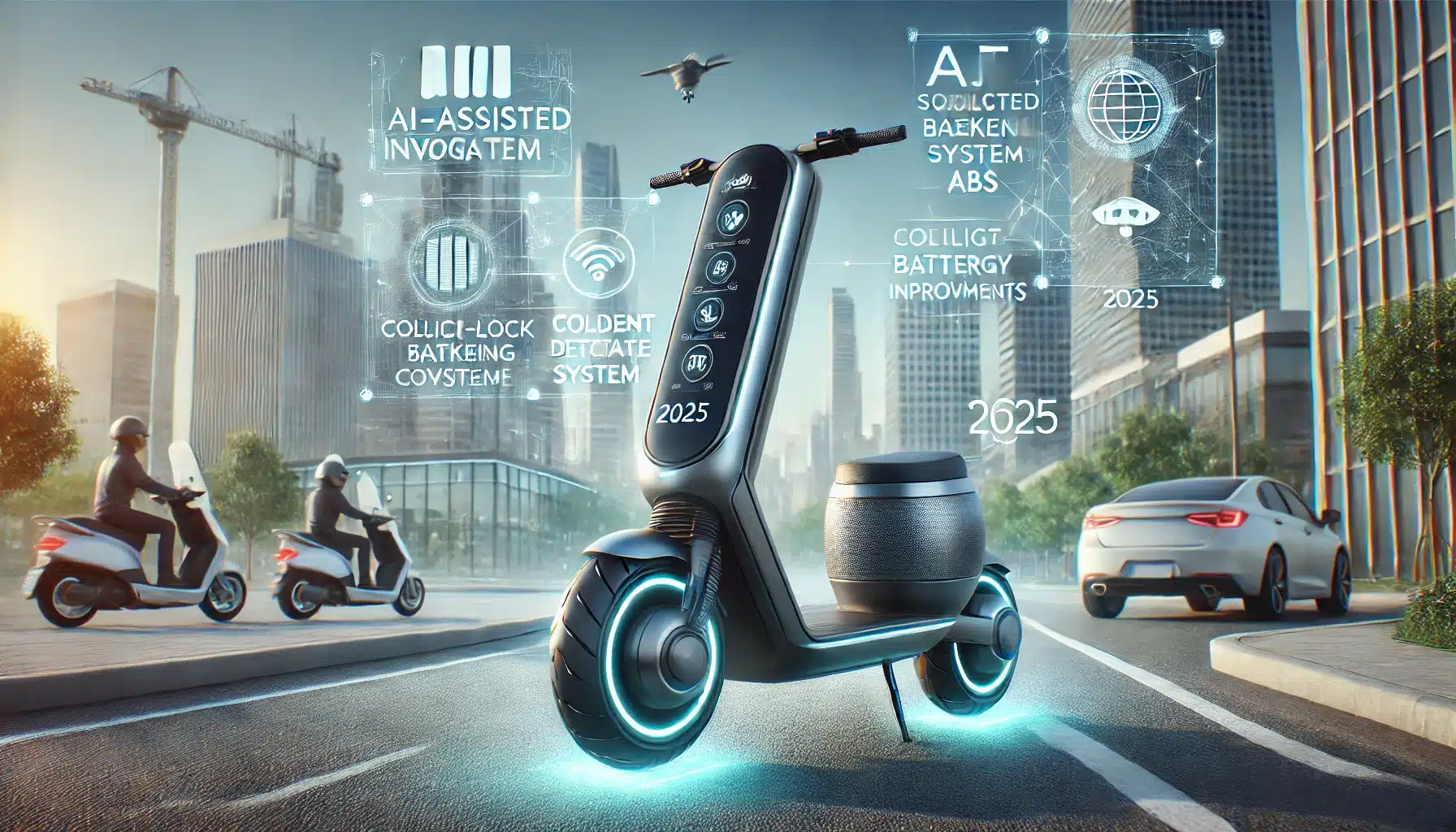At subzero temperatures, the capacity of lithium-ion batteries decreases, the voltage subsides, the resistance increases, the current output decreases, the self-discharge rate increases. As a result, the initial reserve capacity is enough for a shorter distance than during trips in the warmer months.
The decrease in capacity is due to the fact that at low temperatures the electrolyte conducts lithium ions weaker, and chemical reactions proceed more slowly. How much the efficiency of the battery decreases in the cold depends on its chemical composition. For example, lithium-iron-phosphate and lithium-titanate batteries are more adapted to winter use than other Li-ion models.
Factors that reduce of the range in winter
In addition to low temperatures, the range is negatively affected by the presence of snow cover, headwind and other factors that create additional resistance when driving. Unlike a car, where the battery is heated by the running engine during the ride, there is no such effect on electric bicycles and other types of light electric vehicles. On the contrary – during the trip, due to the oncoming flow of cold air, the battery is cooled by another 3-5°C.
And although the effect of negative temperatures on lithium-ion batteries is temporary, a long stay in the cold is undesirable for them. Rapid self-discharge often leads to a deep discharge of the battery, its degradation and irreversible loss of capacity. Therefore, the insulation of traction batteries on winter electric vehicles is considered a good idea.
Battery for winter electric vehicles
For use in winter on electric scooters, bicycles, snowcats, scooters, mopeds and other types of personal electric vehicles, traction batteries of the LiFePO4 or LTO type (lithium-titanate) are recommended. To protect against hypothermia, batteries for winter electric vehicles are insulated with thermal insulation material and provided with heating.

The role of a fur coat for the battery is performed by special battery case-durable and soft “thermoses” made of thermal insulation material. Its task is to maintain the temperature of the battery in a comfortable range, preventing it from overcooling and reducing capacity. When the battery case is additionally supplied with low-current heating elements (low-voltage plates), a heated battery is obtained.
Rules for using a battery case for a battery
To use a thermowell properly a warm battery (room temperature) should be placed in the thermowell, and then the case will maintain the optimal temperature range. If the battery is not kept warm at home, but in a cold garage, the battery will cool down in any thermocase if it is left out in the cold for a long period of time. Therefore, it is not a good idea to leave the battery out in the cold.
If you compare thermowells with and without heating elements, type 1 models are more efficient. Low-voltage plates heat the battery and maintain a comfortable thermal mode for its effective operation. Therefore, a battery heated for electric vehicles is considered the best solution for winter.
Heating elements can be purchased separately or as part of a complete heating system. The plates are made of plastic or thin textolite with built-in heating elements. Usually, 2 plates are used for heating, installed along the side surfaces of the battery. They consume little power – 20-40 watts, and this is quite enough to maintain the plus temperature. The heating elements are usually powered by the battery itself.
Creating a thermocase for a battery
You can make a thermowell for the battery from the following materials:
- foam – polyethylene foam with a reflective surface and a thermal conductivity coefficient of 0.04 W/(m – °C);
- Foam plastic – its thermal conductivity coefficient depends on the brand and is in the range of 0.037 – 0.043 W / (m – ° C)
- foil-isol on foam plastic – material with a coefficient of thermal conductivity of 0.038- 0.043 W / (m – ° C);
- Felt – its coefficient of thermal conductivity is 0.036 W/(m – ° C).
The main thing is to avoid using flammable materials. From the selected insulation material is made a cut according to the size and shape of the battery. To enhance the protective properties of the thermal cover, several layers of material are used. The battery is insulated on all sides. The insulation is fixed with scotch tape. Sometimes Velcro fasteners are adapted for ease of use. Technological holes are made for the withdrawal of wires and fasteners.
Such a “coat” will keep the battery from overcooling and loss of capacity in the cold. But before charging the battery used in winter, you still need to keep it at room temperature. This will help avoid overcharging and other negative consequences. It is inadmissible to charge the battery in sub-zero temperatures, even if it is insulated.
Related articles:
- How to Choose An Electric Scooter?
- How Fast Do Dual Motor Electric Scooters Go?
- Electric Scooter Troubleshooting-Common Problems & Their Solutions
- Which is Better: Electric Scooter or Electric Bike?
- Which is Better: An Electric Scooter Or A Gas Scooter?
- Electric Scooter Repair: A Few Minutes to Repair the Electric Scooter Shock From Leaking Oil
- Top 7 Electric Scooter Safety Tips Everyone Should Know
- How To Choose An Electric Tricycle For The Elderly?
- 5 Best Fat Tire Scooter 2022-2023
- Which Electric Vehicle To Choose?
- Linkseride – Fat Tire Electric Scooter Maintenance
- 6 Tips To Maintain Lithium-ion Battery of Electric Citycoco Scooter








